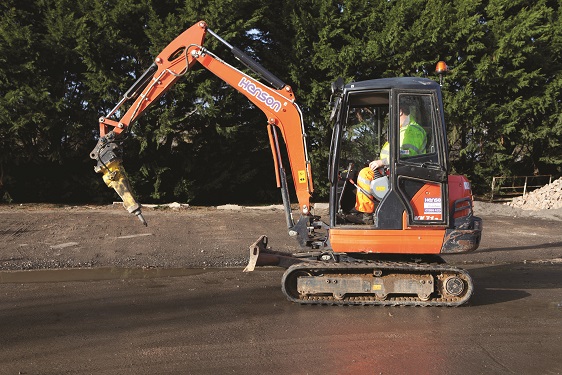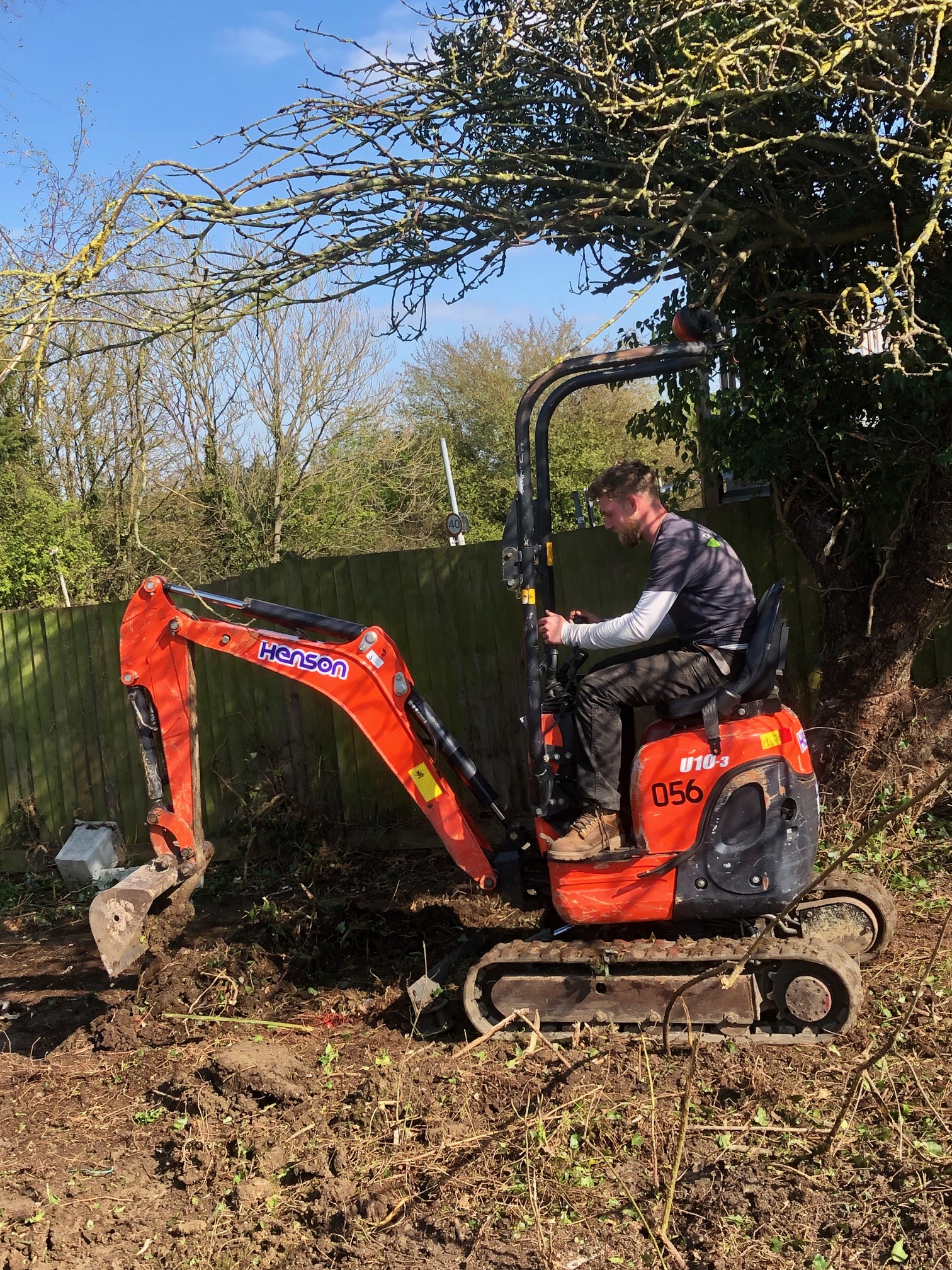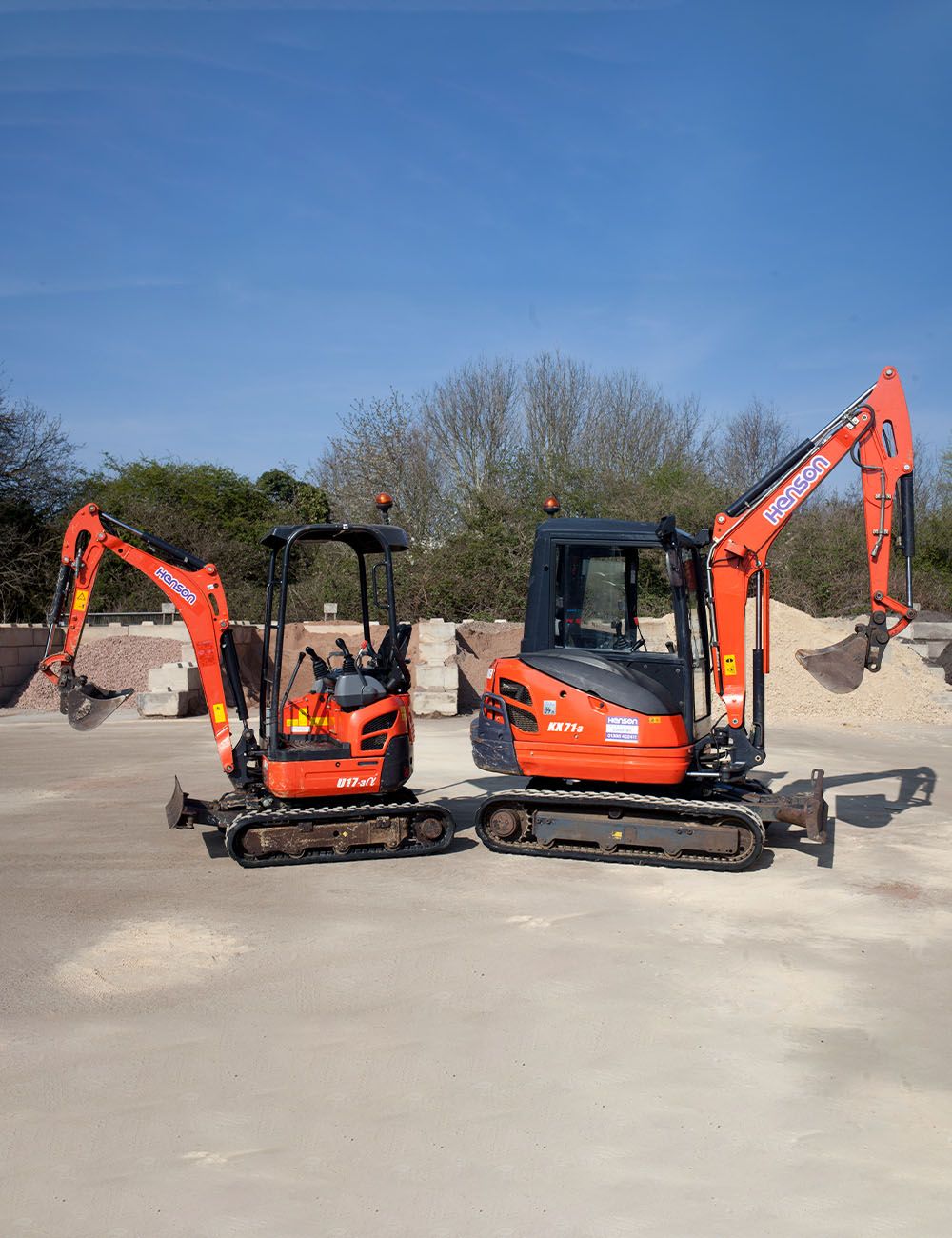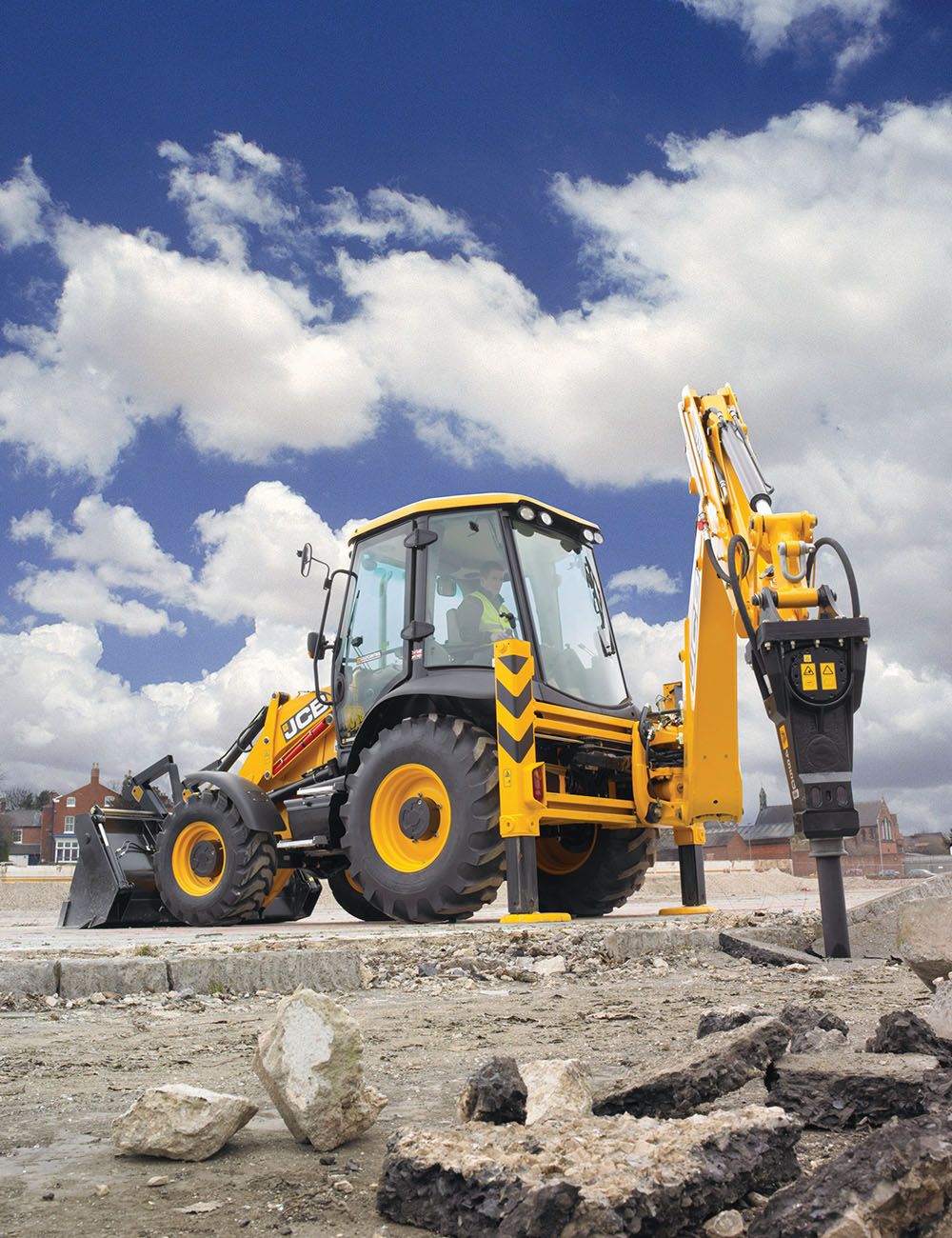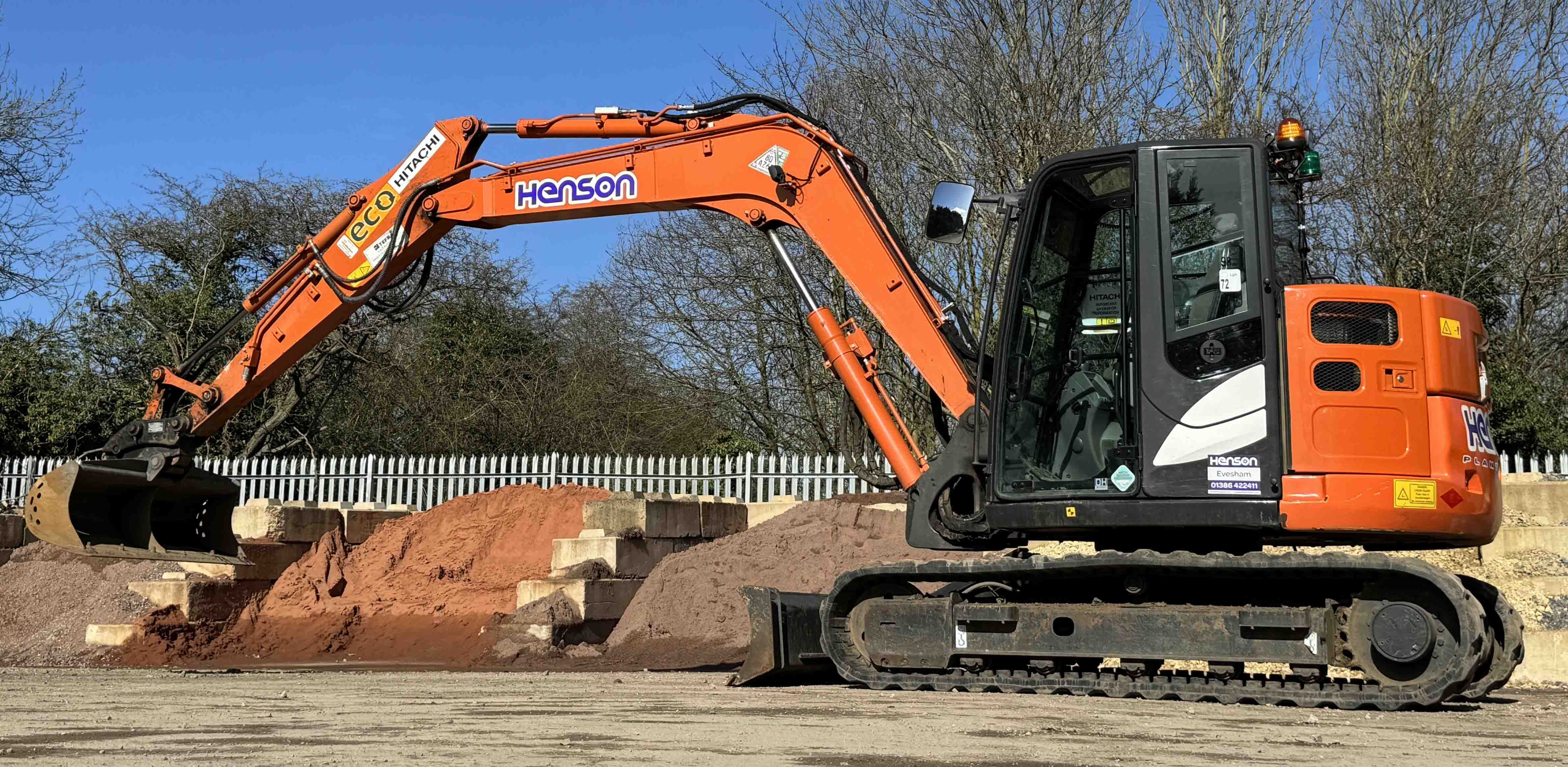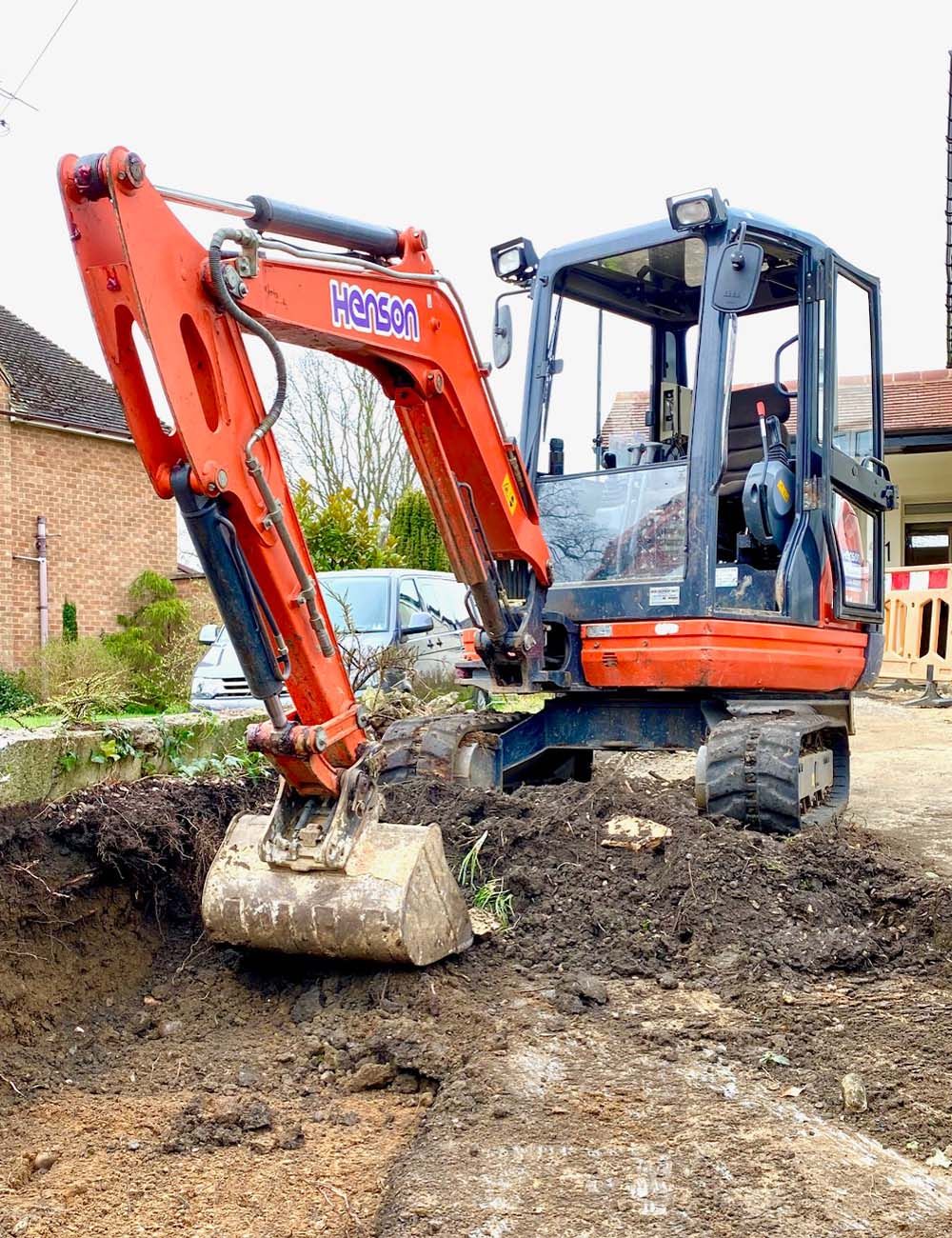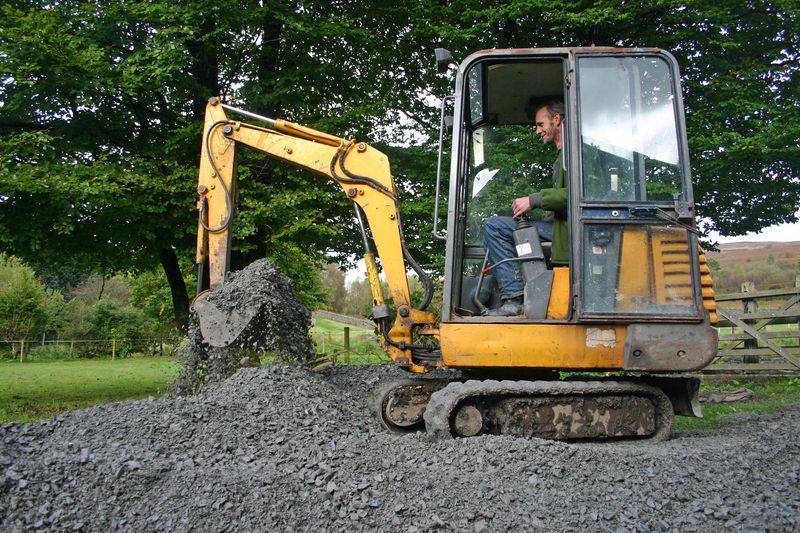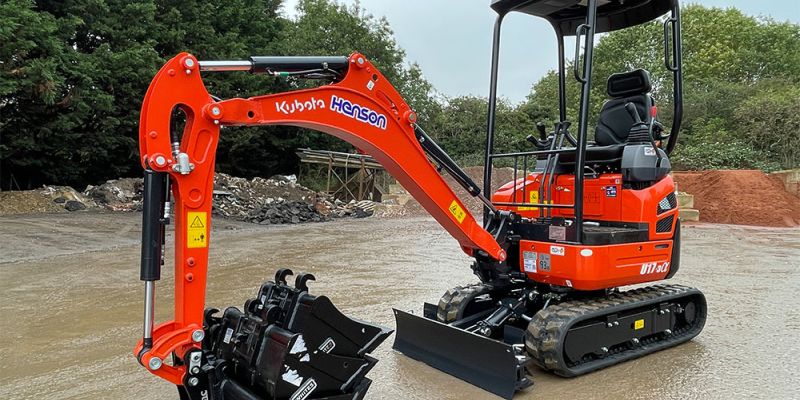
How wide is a mini digger?
Blog
Mini diggers, also known as compact excavators, have become indispensable in construction and landscaping due to their versatility and manoeuvrability. These powerful machines are favoured for their ability to navigate tight spaces while delivering impressive digging and lifting capabilities.
In this blog post, we will delve into the critical aspect of understanding the dimensions of mini diggers, explicitly focusing on their width. By exploring the significance of width in various applications, we aim to shed light on the essential considerations for effectively utilising mini diggers in diverse work environments.
Importance of Knowing Mini Digger Dimensions
Mini diggers are pivotal in many projects, from construction to landscaping, where precision and efficiency are paramount. Understanding the dimensions of mini diggers is crucial for ensuring optimal performance and safety across diverse applications.
Significance of Dimension Understanding
The dimensions of mini diggers directly impact their suitability for specific projects. This includes considerations such as access to confined spaces, transportation requirements, and adherence to operational constraints.
Impact of Width on Manoeuvrability
The width of a mini digger significantly influences its manoeuvrability in different work environments. A meticulous understanding of width allows operators to navigate through narrow passages and operate within space-restricted areas with enhanced precision.
By recognising the importance of knowing mini digger dimensions, project managers and operators can optimise the selection and utilisation of these machines to meet the specific demands of each task, ultimately contributing to increased productivity and operational efficiency.
Typical Width Range
Mini diggers are commonly available in the market and exhibit a typical width range that caters to various project requirements. The standard width typically falls within the 3 to 7 feet range, allowing for adaptability across different work environments and applications.
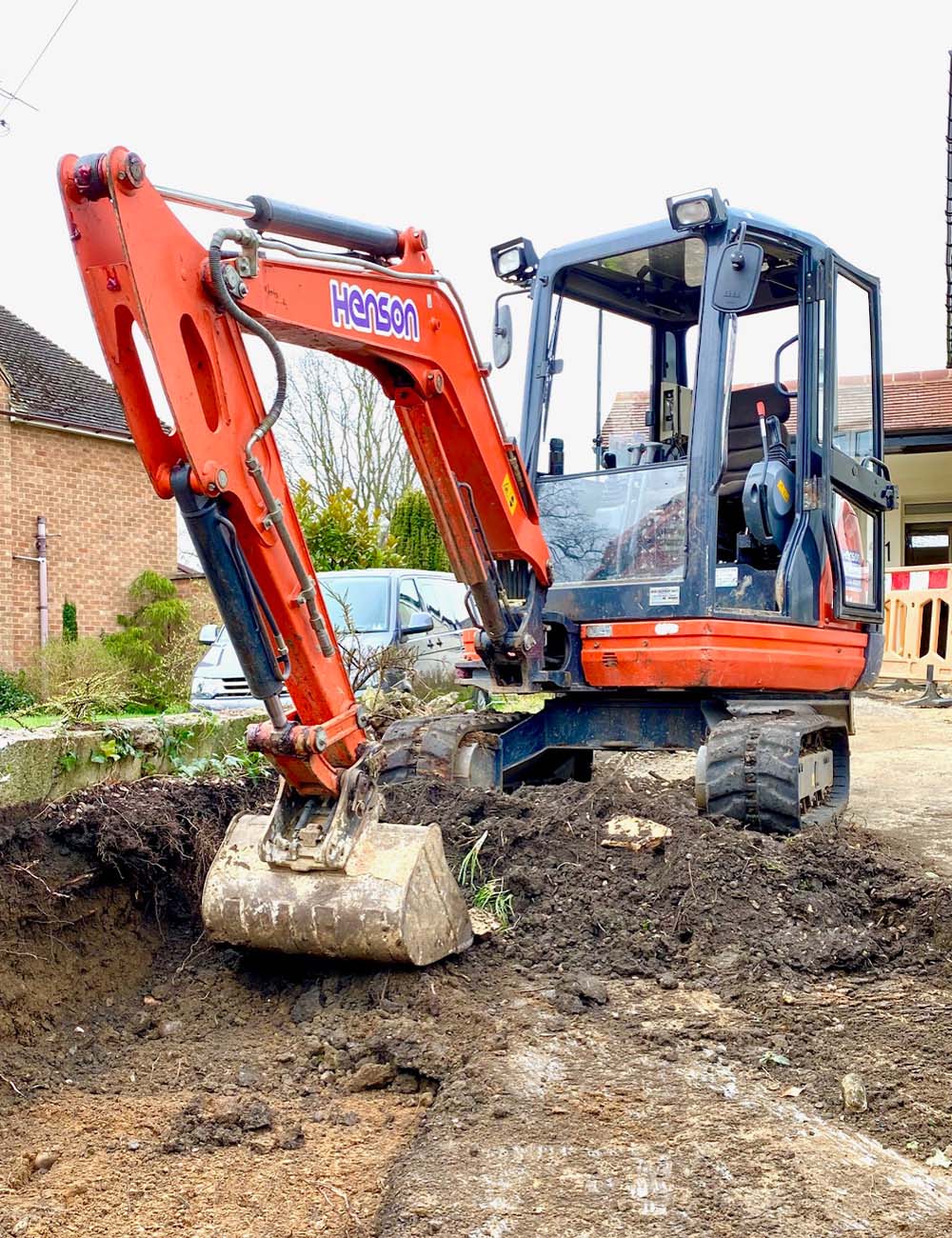
So, how wide are mini diggers?
There is a wide range of mini diggers available to hire on the market, all of different sizes. Let's take a look at some different options we have available at Henson Plant and compare the specs of each machine so you can pick a firm favourite.
Kubota UT10-3 (1.12 Ton)
The UT10-3 compact excavator exhibits impressive specifications, making it an ideal choice for various construction and excavation tasks. With a machine weight of 1120 kg and rubber crawler type, it offers exceptional manoeuvrability and stability on different terrains.
The excavator's dimensions, including an overall length of 2310 mm and an overall height of 2980 mm, ensure its suitability for operating in confined spaces without compromising performance. The Kubota U10-3 zero-tail swing mini-excavator has a minimum overall width of approximately 2.8 feet (850 mm), making it highly manoeuvrable and suitable for various applications requiring compact equipment.
Find the specs here.
Kubota U17-3A (1.7 Ton)
The Kubota U17-3A zero-tail swing mini excavator weighs 3850kg and has a bucket capacity of 0.04m³. Its overall length and height measure 3545mm and 2340mm, respectively, and the swivelling speed is 9.1 rpm. The rubber shoe width and tumbler distance are 450mm and 1230mm, respectively, and the dozer size is 898mm in width and 3545mm in height.
For optimal versatility, the U17-3A offers accessories such as expanding tracks, a Harford safe-lock hitch, and new linkage, further enhancing its functionality on the job site. Overall, this mini excavator from Kubota presents a compelling solution for construction and excavation applications, combining compact dimensions with powerful performance.
Find the specs here.
Kubota KX71-3 (3 Ton)
The Kubota KX71-3 presents itself as a compact yet powerful excavator, suitable for a wide range of construction and excavation applications. With an overall length of 2790 mm and an overall height of 2685 mm, the KX71-3 is designed to excel in confined workspaces without sacrificing performance.
The rubber shoe width of 480 mm and tumbler distance of 1498 mm contribute to its stability and traction on various terrains, ensuring reliable operation across different job sites. Additionally, the dozer size of 78 x 78.4 mm (width x height) further emphasises its capability to handle diverse ground conditions.
Find the specs here.
Kubota U55-4 (5 Ton)
The Kubota U55-4 Mini Excavator is a compelling choice due to its compact yet robust design. With an overall length of 2615 mm and an overall height of 2550 mm, this excavator strikes a balance between manoeuvrability and power, making it well-suited for various job sites with space constraints. Its operating weight of 5400 kg, combined with a 120 kg bucket and a bucket capacity of 0.16 m3, showcases its efficiency in handling various excavation tasks.
Find the specs here.
These mini-excavators are designed to be compact and versatile, making them suitable for navigating through tight spaces and working in confined areas.
What factors to consider when choosing a digger
Several crucial factors influence the choice of mini digger width for specific tasks:
Site Accessibility:
The dimensions of access points and work areas determine the feasibility of manoeuvring a mini digger, directly impacting the selection of an appropriate width.
Project Scope:
The nature of the project, including excavation depth, space limitations, and terrain characteristics, plays a vital role in determining the ideal width for efficient and safe operation.
Transportation Considerations:
The ability to transport the mini digger to and from the worksite may necessitate adherence to width restrictions imposed by road regulations and vehicle constraints.
Implications of Width
The width of a mini digger directly impacts access constraints and operational efficiency in the following ways:
- Access Constraints: A carefully chosen width facilitates access to confined spaces, urban job sites, and interior environments, enabling operators to navigate through narrow openings and work within limited accessibility parameters.
- Operational Efficiency: Optimal width selection ensures enhanced manoeuvrability, allowing for precise digging, lifting, and material handling while maximising productivity in diverse work environments.
By considering these influential factors and understanding the implications of width, project managers and operators can make informed decisions regarding the selection of mini diggers, aligning the machine's dimensions with the specific demands of each task for optimal performance.
What are mini diggers used for?
Mini diggers are indispensable in a wide array of applications, including:
- Construction: When used in construction, mini diggers with narrower widths excel in navigating tight construction sites while still delivering powerful excavation capabilities.
- Landscaping: In landscaping, where precise manoeuvrability is essential, compact mini diggers with varying widths allow for intricate work in residential and commercial landscaping projects.
- Utility Projects: For underground infrastructure projects, mini diggers with adaptable widths can access confined spaces typical of such operations, optimising productivity and minimising disruption.
By aligning width considerations with different application requirements, operators can select mini diggers that suit the specific demands of each task, ensuring enhanced performance and versatility across construction, landscaping, and utility projects.
Benefits of a Mini Digger
Mini excavators are known for their small size, allowing them to efficiently work in tight spaces and navigate through confined areas. This compactness makes them suitable for urban construction sites and projects with limited space.
- Manoeuvrability: Mini excavators offer tight navigation capabilities, enabling them to complete projects within scheduled timelines. Their ability to work in tight spaces and their low tail swing contribute to their manoeuvrability, making them versatile for various applications.
- Cost-Effectiveness: These machines are designed to be fuel efficient, reducing operating costs and making them more economical to run compared to larger excavators. Their lower weight can also reduce transportation costs, contributing to overall cost-effectiveness.
- Versatility: Despite their smaller size, mini excavators have functions and capabilities equivalent to full-sized excavators. They can be equipped with various attachments, allowing them to tackle various tasks, from digging and trenching to lifting and demolition.
- Reduced Noise Pollution: Mini excavators produce less noise than larger machines, especially when crossing hard surfaces. This reduced noise pollution can be advantageous in urban or residential areas where noise restrictions apply.
Innovations in Compact Design
Recent Innovations
Recent advancements in mini digger design focus on enhancing manoeuvrability and versatility, as evidenced by the following innovations:
- Multiple Tail-Swing Configurations: Manufacturers offer mini excavators with adaptable tail-swing configurations, catering to diverse job site requirements and optimising operational flexibility.
- Cab Comfort Updates: Emphasis on operator comfort through ergonomic cab designs and enhanced visibility, contributing to improved productivity during extended work hours.
- Attachment Versatility: Integrating innovative attachment systems that enhance the mini excavator's adaptability for various tasks, expanding its utility across different applications.
The evolution of compact mini diggers underscores their ability to deliver powerful performance and operational efficiency in constrained work environments, making them indispensable assets in construction, landscaping, and utility projects.
Considerations
Understanding the dimensions of mini diggers, explicitly focusing on width, is paramount for optimising their performance across a wide range of applications. This understanding is crucial in the pivotal role that mini diggers play in construction, landscaping, and utility projects, where their manoeuvrability and precision are essential.
The key points regarding the importance of understanding mini digger dimensions, particularly width, encompass practical tips for choosing the right width based on project specifications. These tips include evaluating site accessibility, aligning the width with application requirements, and accounting for transportation considerations.
Final thoughts
Width considerations is crucial for maximising the effectiveness of mini diggers across diverse tasks. The width directly impacts the ability of mini diggers to navigate space-constrained work environments, ensuring efficient operation and productivity.
Tailored adaptability to specific application requirements allows for precision and performance, ultimately contributing to successfully executing construction, landscaping, and utility projects. By prioritising an understanding of mini digger dimensions, particularly width, operators and project managers can harness these insights to make informed decisions, enhancing their respective projects' versatility and operational efficiency.
Here at Henson
Here at Henson Plant Hire, we offer plant hire solutions to fit your project needs. We provide great service with our specialised team of experts to ensure you benefit from our comprehensive range of equipment.
Please do not hesitate to contact us with any questions about our full range or how our plant machinery works. We have our customers' needs in mind and are here to make your job easier with the delivery of our high-quality machinery, tools, and skilled operator professionals.
Articles
